

Effimero: or the Postmodern Italian Condition is a research project by architect and historian Léa-Catherine Szacka, on display at the 14th International Architecture Exhibition of La Biennale di Venezia, as a part of “Monditalia”.
This section of the Venetian exhibition focuses on the condition of the Italian country. As described by Rem Koolhaas, director of this year Biennale: “In a moment of crucial political change, we decided to look at Italy as a “fundamental” country, completely unique but also emblematic of a global situation where many countries are balancing between chaos and a realization of their full potential. The Arsenale presents a scan of Italy, established by 82 films, 41 architectural projects, and a merger of architecture with la biennale’s dance, music, theatre, and film sections. Each project in Monditalia concerns unique and specific conditions but together form a comprehensive portrait of the host country”

Effimero proposes a “mise en scene” of some key projects which employed ephemeral structures by combining archival drawings and photos of the original projects with an installation designed by U67 (the office of Angela Gigliotti and Fabio Gigone).
“A network of 1,3 kilometres of nylon thread hung on a white steel structure made of 25 mm of section. This elaborate temporary structure, with very clear geometry, creates a network of 1850 nodes, each marked by a steel cylinder bolt. As a theatrical reminder of ephemeral projects such as the cinema screenings at Basilica di Massenzio, a multitude of 1000 seated man in scale 1:87 inhabit the structure. Men, women, and children, all with different backgrounds, seating together on the bolts.”
“Between the late 1970s and the end of the 1980s, Italy experienced a proliferation of events using ephemeral structures as a response to the socio-political turmoil of the previous decade known as the anni di piombo (Years of Lead). The utopian spaces of theatre, the performing arts and other forms of entertainment became catalysts for the collective imagination that, coupled with the rediscovery of an interest in the Baroque, ushered in new ideas of spectacle. Historical city centres became playgrounds for all, erasing boundaries between high and low culture. The involvement of the public mixed cultural categories through do-it-yourself and collage, typical of postmodernity, and contributed to a reversal of values from a heavily ideological climate to one of hedonism and depolitisation.” (…) “The display is framed by the first manifestations of the Estate Romana, organised by Renato Nicolini at the Basilica di Massenzio in 1977, and the unconventional and controversial floating stage built for Pink Floyd’s concert in Venice in 1989. It then narrates and contextualises a series of ephemeral experiences: Gae Aulenti’s scenography for the Laboratorio di Progettazione Teatrale di Prato; Franco Purini’s 1979 constructions for Parco Centrale in Rome; and Aldo Rossi’s temporary entrance for the Arsenale at the 1980 Venice Architecture Biennale. Following Jack Lang’s 1981 visit to the Estate Romana, Italy’s ‘ephemeral season’ infuenced and prompted similar experiences across Europe and the world.


The physical exhibition is coupled with a site dedicated to the description of other ephemeral events and structures which took place in Italy between the late 1970s and the end of the 1980s. We contributed with “FUORI STAGIONE” a short text in Italian which aims at putting together the words of Italian writer Pier Vittorio Tondelli in his collection of writings “Un weekend postmoderno” (A Post-modern Weekend) with the images of photographer Marco Pesaresi, both describing the end of the summer season in Rimini, a famous Italian turistic venue, during the 1980s.
Effimero is an ongoing research project by:
Léa-Catherine Szacka
with:
U67 (art direction and exhibition design)
Valérie Paquette (graphic design and photo)
Julien Sage-Thomas (support)
www.effimero.info
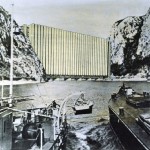
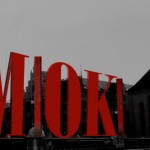
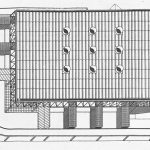
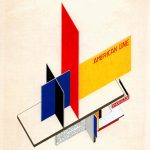
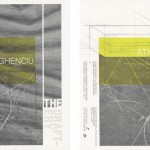
Leave a Reply